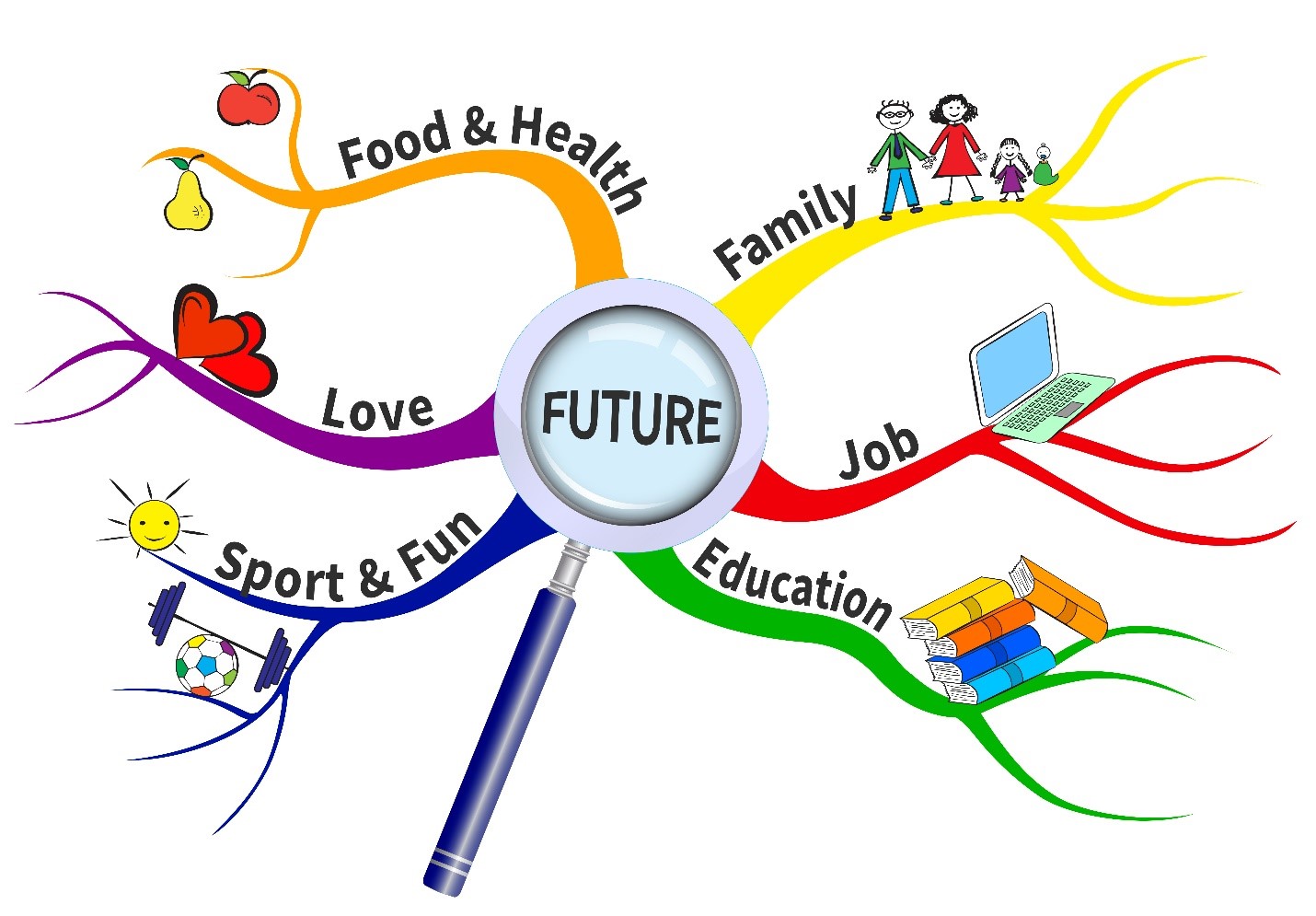Improve Your Game: Mind Mapping and Visual Thinking

In 1990, George W. Bush announced that the 90’s would be dedicated to the brain. The Decade of the Brain, as it became to be known, resulted in a cascade of neuroscientific discoveries. It turns out that our brains are extraordinary! Neuroscientists found that not only is the brain highly responsive to external stimuli such as certain events, music, visual images, and color, the brain can organize and reorganize itself. Individual experience, lifestyle, and the environment all affect the wiring and re-wiring of our brains. The implications of this new-found knowledge are far-reaching, from early childhood development, health, and behavior modification, to certain intellectual tasks such as thinking, knowing, remembering, planning, and problem-solving. Thus, it is not surprising that Mind Mapping—a powerful graphic technique which provides a universal key to unlocking the potential of the brain—emerged during this time.
Mind Mapping was first developed in 1996 by best-selling author and brain expert, Tony Buzan, to help harness the full range of the brain’s cortical skills—word, image, numbers, logic, rhythm, color, and spatial awareness—in one single manner. This combining of skills into a visual diagrammatic representation gives individuals the “freedom to roam the infinite expanses” of the brain which in turn helps to improve learning, thinking, and performance. “When you use Mind Mapping on a daily basis,” Buzan says, “you will find that your life becomes more productive, fulfilled, and successful on every level.”
Why is this important? Because mind mapping is an essential component of Agile. Mind Maps:
- Capture the essence of large complex projects.
- They help everyone see the bigger picture.
- They summarize on one single page or wall—as you will see in many of the offices here at OTA—all the concepts and interesting relations between steps and stages, departments and people, and ideas and goals.
- They provide us with more insight, help keep everyone on track, and are essential to Agile.
OTA President Mike Richardson says, “There is a reason “a picture is worth a thousand words” because we can process visually so much more comprehensively and quickly, allowing us to tap into the power of our whole-brain as an and-proposition, at the same time:
- Being left-brained and right-brained
- Linear and non-linear, analytical and conceptual
- Seeing the parts and the whole of the picture
- Being zoomed in on the small picture micro detail and zoomed out on the big picture macro
- Collecting the dots and connecting the dots
- Divergently expanding our thinking to all the complexities and convergently reducing our thinking to the core simplicities.
Too often we engage with our most complex and toughest problems, opportunities and challenges as a half-brained or-proposition. We can easily end up over complicating things or over simplifying things, either of which are prone to failure. The whole-brained and-proposition of Mind-Mapping helps us navigate a middle road and find a pathway forward, onwards and upwards which is prone to success.”
With the different colors and branches radiating from the central image, our brains are more able to process “the process.” The colorful and vivid images help engage our more creative right brain while also indulging linear left brain thinking. Integrating the two sides through lively and colorful graphics helps us to operate at full potential. In fact, once a project becomes visual, communication and collaboration become easier. Different views can be shared, possibilities discussed, thinking aligned, and problems solved.
In fact, Richardson says, “As a result, we can become so much more productive, able to tackle more complex issues, more fully and more confidently in less time, both individually and collectively as teams. Mind-Mapping can be at the heart of breakthroughs with personal productivity as it so closely aligns with how the brain works.”
One of Richardson’s favorite authors on the topic of productivity is David Allen with his book, “Getting Things Done: The art of stress free productivity. Allen states:
“The ability to be successful, relaxed, and in control during these fertile but turbulent times demands new ways of thinking and working. There is a great need for new methods, technologies, and work habits to help us get on top of our world. The old models and habits are insufficient.”
The practice of visualization—whether through Mind Mapping or simply imagining a picture or goal—has made its way into many fields today, including business, psychology, and even sports. Athletes, for example, are using visualization to imagine the actual physical motions—dancing, figure skating, making that defensive tackle or swooshing a three pointer—before performing them, which in turn helps to improve their game. In fact, the act of directing your thoughts on a positive image in your mind with the goal of improving your emotional, physical, mental and/or financial well-being has been shown to improve performance of any kind.
Rosabeth Moss Kanter, professor of business at Harvard Business School says:
“A vision is not just a picture of what could be; it is an appeal to our better selves, a call to become something more.”
Richardson agrees. “Because as human beings we are such visual processors, how we see is how we think is how we act. Indeed, we often say things like, ‘I see it differently’ or ‘I’m looking at it from a different angle.’ With a challenging issue, seeing through the complexities, seeing a pathway forward and seeing a vision for the complete resolution of the opportunity helps us to think it through and take actions through to completion, adjusting as necessary, staying the course and going the distance.”
He goes on to add, the “knowing-doing” gap we have heard about (we know what needs to be done but we aren’t doing it sufficiently) is often much more of a “seeing-thinking” gap, because our seeing-thinking becomes our knowing-doing. Mind-Mapping helps us leverage the power of our seeing-thinking.”